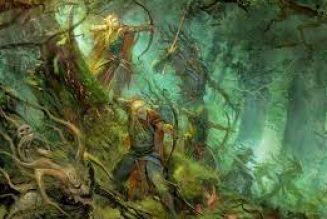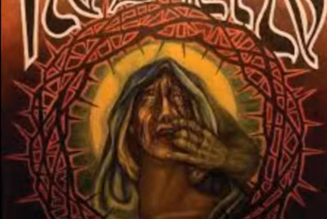The local Wise Woman or Cunning Man would have a pretty good grasp on predicting the weather.
So would local farmers, if they paid attention to their landscape, which, given it was their livelihood.
Get to know the weather patterns in your area, and make notes so that you can compare year upon year.
Build up your own little system, as well as research meteorology.
Here is some weather lore that applies to Britain which I use to help determine what is on its way.
Clouds are not only very pretty to look at, but can also tell us a great deal about what is happening in the skies, and what is to come.
There are four types of clouds: stratus (layered), nimbus (rain clouds), cumulus (tall white or grey) and cirrus (very high and wispy).
These form into three groups based on altitude and can help us predict the weather.
Low clouds are divided into:
•Cumulus: fluffy white clouds with rounded tops and flat bottoms.
These usually indicate fair weather.
Cumulonimbus: very tall, heaped clouds like grand castles in the sky.
Light on the top and dark on the bottom.
If you see one in the shape of an anvil, rain is definitely on the way.
These clouds can indicate heavy rain and approaching thunderstorms, even hail.
Stratus: low clouds that block out the sun or moon, either white or grey.
In coastal areas or in hilly/mountainous regions, there can be a lot of rain.
Stratocumulus: sometimes in grey sheets or like a large, lumpy grey pillow that covers the sky.
To predict the weather with these, we need to look at which way the wind is blowing.
If it blows from the north, it will be clear and cool.
From the south, there will be more rain.
From the east, expect storms and from the west clearing skies and slightly warmer temperatures.
Mid-level or medium clouds are divided into: Nimbostratus: thick, dark skies with low clouds that have persistent and sometimes heavy rain for long periods of time
Altostratus: sun is visible through a hazy veil, white or grey uniform cloud. Periods of continuous rain or even snow on the way.
Altocumulus: the famous, rippled “mackerel sky” which provides a brilliant display early mornings or evenings.
Cold weather is on the way in winter, and in summer expect thunderstorms.
High clouds are divided into:
Cirrostratus: Thin layer of cloud, sometimes hiding sun or moon, and often producing a “halo” effect.
When these thicken a warm front is approaching.
When the halo effect is this high in the sky, no rain on the way.
Cirrocumulus: Small, wispy white clouds that indicate fair but cooler weather.
Cirrus: Very white, very wispy clouds made of ice crystals that occur in fair weather, so no rain on the way.
Another trick which I use, as from my back garden I have a great view of all the air traffic passing along the East coast of England, is to watch the contrails left behind from the jets flying off to distant shores.
If these trails dissipate quickly, it means that the air is dry, and usually will stay so for the near future.
The longer these trails remain, the more moisture is in the air, which might indicate an approaching period of wet weather.
Here are some wonderful folk sayings to help predict the weather.
Some of them are true, some of them not quite so much.
Give them a try and see for yourself!
Red sky at night, sailors’ delight.
Red sky in the morning, sailors take warning.
Flies will swarm before a storm.
When smoke descends, good weather ends. (Look out at chimneys for this one in winter.)
Rain before seven, fine by eleven.
Snow like cotton, soon forgotten.
Snow like meal, it’ll snow a good deal.
Frogs call to the coming rain
But in the sun are quiet again.








